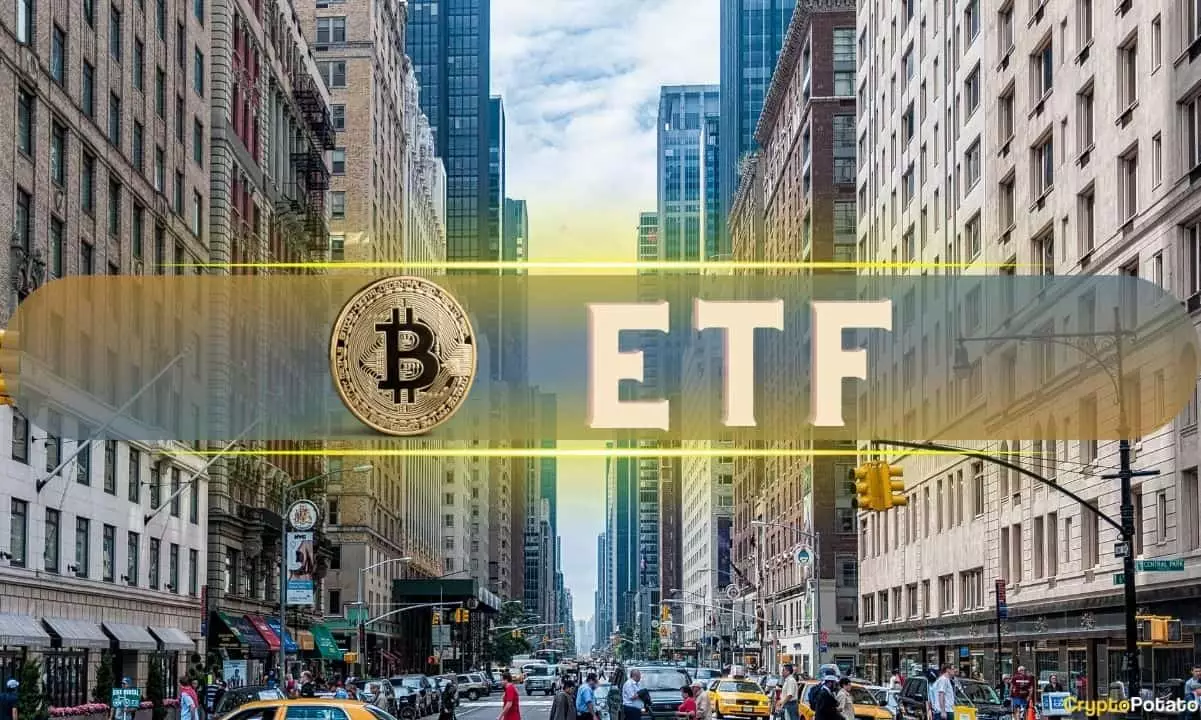Since the launch of U.S. Bitcoin spot ETFs, they have seen an impressive $12.3 billion in net inflows over the span of just three months. But the real question remains – how much of an impact have these ETFs had on the broader Bitcoin market as a whole? Glassnode analyst James Check delved into this question by examining the effects of Bitcoin ETFs in comparison to the existing futures and spot markets, using on-chain data for his analysis.
GBTC and Long-Term Holder Supply
James Check started his analysis by looking at the Grayscale Bitcoin Trust (GBTC), the only Bitcoin ETF that has experienced substantial and continuous outflows since January 11th. Despite losing around 300,000 BTC during this period, nearly half of its total holdings, the increasing value of BTC already on its balance sheet has kept its net asset value from plummeting significantly, only dropping from $28.7 billion to $23.1 billion. The analyst pointed out that most of the coins within the fund are held by older investors who acquired them at much lower prices, giving them a higher motivation to sell as Bitcoin’s value surges.
According to Glassnode data from last month, the distribution of Bitcoin from long-term holders, defined as those holding coins for over five months, has increased to levels reminiscent of past bull markets. GBTC now makes up roughly one-third of all long-term holder spending within the recent months, signaling a significant impact on the market dynamics.
When comparing the net inflows of other Bitcoin ETFs to the change in Bitcoin’s “realized cap” – a measure of capital inflows into the Bitcoin network – Check found that while ETF inflows amounted to $28.5 billion, the entire network had received $52 billion in capital inflows. Additionally, he noted that on a volume basis, these ETFs represent only 40% to 50% of the traditional Bitcoin spot market, with futures trading still dominating both sectors, accounting for 80% to 85% of all Bitcoin trading activities.
James Check emphasized that when looking at trade volume, long-term holder spending, or ETF inflows, the impact of Bitcoin ETFs on the market is substantial, ranging from thirty to fifty percent. Despite their growing presence and influence, it is evident that futures trading continues to hold a dominant position in the cryptocurrency market.

